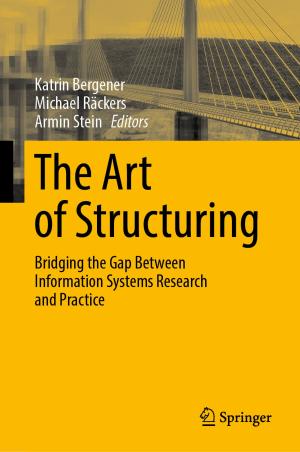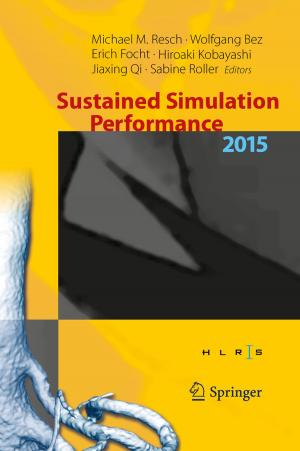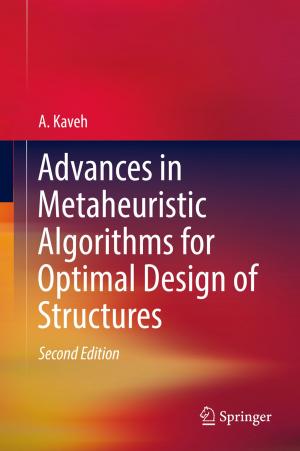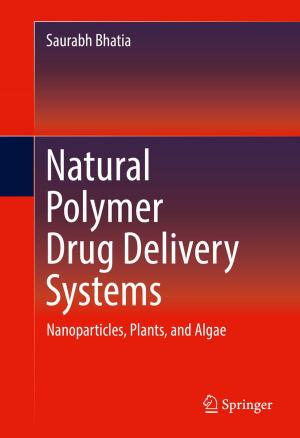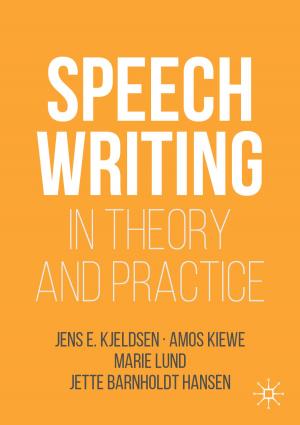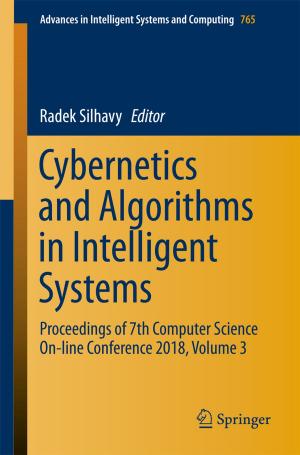Handbook of Floating-Point Arithmetic
Nonfiction, Science & Nature, Mathematics, Counting & Numeration, Computers, Programming| Author: | Jean-Michel Muller, Nicolas Brunie, Florent de Dinechin, Claude-Pierre Jeannerod, Mioara Joldes, Vincent Lefèvre, Guillaume Melquiond, Nathalie Revol, Serge Torres | ISBN: | 9783319765266 |
| Publisher: | Springer International Publishing | Publication: | May 2, 2018 |
| Imprint: | Birkhäuser | Language: | English |
| Author: | Jean-Michel Muller, Nicolas Brunie, Florent de Dinechin, Claude-Pierre Jeannerod, Mioara Joldes, Vincent Lefèvre, Guillaume Melquiond, Nathalie Revol, Serge Torres |
| ISBN: | 9783319765266 |
| Publisher: | Springer International Publishing |
| Publication: | May 2, 2018 |
| Imprint: | Birkhäuser |
| Language: | English |
Floating-point arithmetic is the most widely used way of implementing real-number arithmetic on modern computers. However, making such an arithmetic reliable and portable, yet fast, is a very difficult task. As a result, floating-point arithmetic is far from being exploited to its full potential. This handbook aims to provide a complete overview of modern floating-point arithmetic. So that the techniques presented can be put directly into practice in actual coding or design, they are illustrated, whenever possible, by a corresponding program.
The handbook is designed for programmers of numerical applications, compiler designers, programmers of floating-point algorithms, designers of arithmetic operators, and more generally, students and researchers in numerical analysis who wish to better understand a tool used in their daily work and research.
Floating-point arithmetic is the most widely used way of implementing real-number arithmetic on modern computers. However, making such an arithmetic reliable and portable, yet fast, is a very difficult task. As a result, floating-point arithmetic is far from being exploited to its full potential. This handbook aims to provide a complete overview of modern floating-point arithmetic. So that the techniques presented can be put directly into practice in actual coding or design, they are illustrated, whenever possible, by a corresponding program.
The handbook is designed for programmers of numerical applications, compiler designers, programmers of floating-point algorithms, designers of arithmetic operators, and more generally, students and researchers in numerical analysis who wish to better understand a tool used in their daily work and research.



